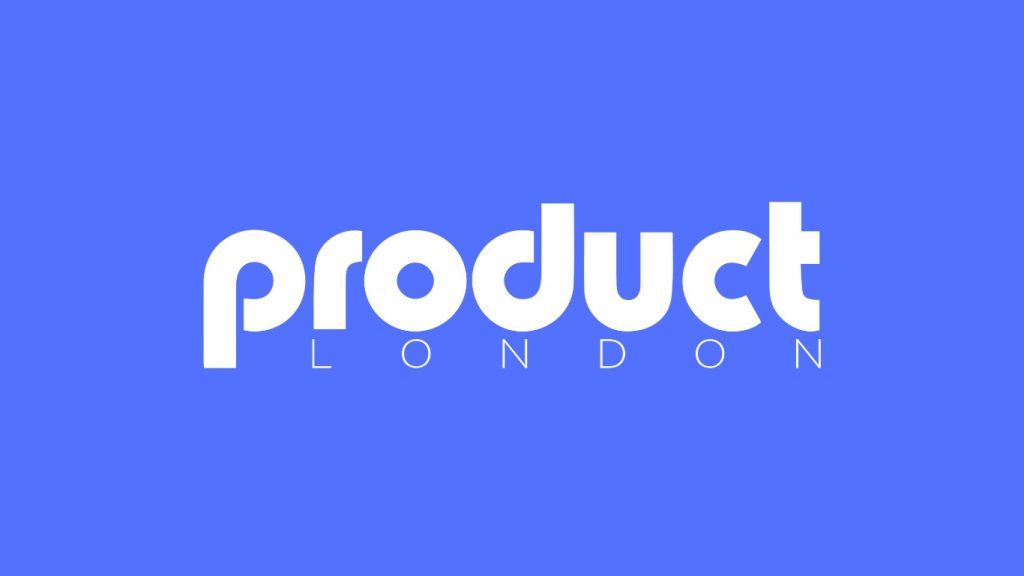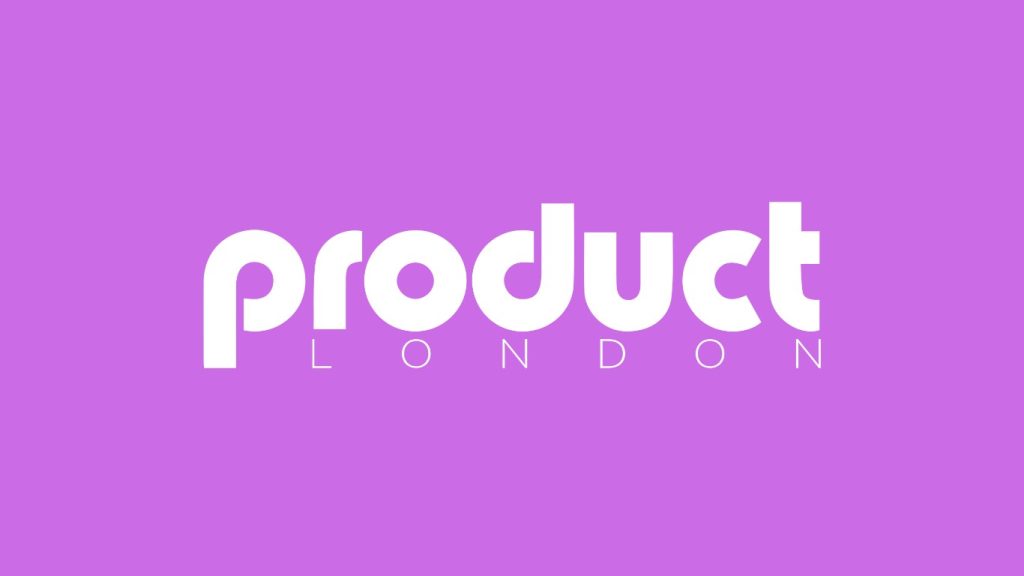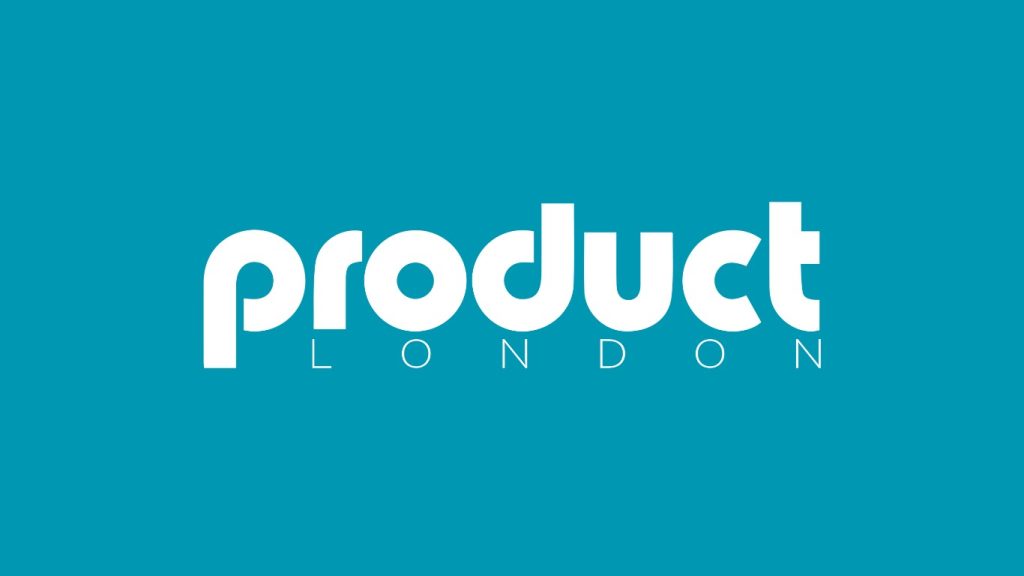Negotiating with social influencers successfully requires a strategic focus on mutual benefits, guaranteeing long-term collaboration and trust. Understanding varying influencer rates, driven by audience engagement and niche market dynamics, is essential. Prioritizing open communication to clarify expectations fosters alignment between the influencer’s voice and brand vision. Flexibility in compensation, whether through flat fees or commission-based models, also optimizes outcomes. Furthermore, analyzing engagement metrics over follower counts guarantees a quality-focused partnership. Post-negotiation, clear contracts and ongoing dialogue solidify the relationship, making it worthwhile to explore how these tactics can enhance brand-influencer dynamics.
Key Takeaways
- Prioritize mutual benefits to foster long-term influencer collaborations.
- Use engagement metrics over follower counts to assess influencer value.
- Tailor compensation models to align with influencer performance and brand goals.
- Maintain open communication to establish trust and shared expectations.
- Prepare flexible strategies to adapt to evolving negotiation circumstances.
Importance of Influencer Negotiation
In the rapidly evolving landscape of digital marketing, effective negotiation with social influencers emerges as a vital element for brands seeking to enhance their outreach and impact. Influencer negotiation is not merely a transactional discussion but a strategic endeavor that can greatly influence the success of marketing campaigns.
A well-crafted negotiation strategy prioritizes mutual benefits, establishing a foundation of mutual respect that fosters long-term collaborations. This approach not only enhances brand credibility but also guarantees better returns on investment.
By focusing on creating mutually beneficial agreements, brands can forge sustainable relationships with influencers. These partnerships often lead to exclusive deals and consistent brand representation, which are essential in a competitive market.
This strategic alignment is further strengthened by open communication, which helps in establishing shared expectations and building trust. Such groundwork paves the way for more favorable outcomes, benefiting both influencers and brands.
Therefore, influencer negotiation is not just about immediate gains but about cultivating an enduring partnership that aligns with the brand’s vision and the influencer’s unique voice.
Consequently, brands must approach negotiations with a well-defined strategy that emphasizes mutual respect and long-term collaboration.
Understanding Influencer Rates
Maneuvering the complexities of influencer negotiation requires a thorough understanding of influencer rates, an integral factor in structuring successful partnerships. Influencer rates differ vastly, influenced by variables such as audience size, engagement rates, content quality, and niche.
For instance, nano influencers might charge between $10 and $100 per post, whereas mega influencers could demand upwards of $10,000. However, engagement rates, often more telling than sheer follower counts, can amplify an influencer’s value. A smaller, highly engaged audience can yield more profound impact than a larger, less-engaged one, guiding brands in making strategic choices.
Negotiating influencer rates necessitates a keen awareness of market dynamics. Tools like Social Bakers can illuminate competitive rates, assisting brands in justifying their budgetary constraints and ensuring fair compensation.
Additionally, understanding the common practice of bundling services into packages enables brands to craft negotiations that are both cost-effective and aligned with campaign objectives. Exploring unique compensation structures, such as performance-based incentives or commission models, can further enhance negotiations by aligning influencer efforts with brand success.
Ultimately, a strategic approach to negotiating influencer rates can foster mutually beneficial partnerships, optimizing both investment and campaign outcomes.
Engagement and Audience Dynamics
In the domain of influencer marketing, engagement metrics serve as a pivotal indicator of content resonance and audience involvement, surpassing mere follower numbers in importance.
By examining these metrics alongside niche audience insights, brands can strategically align their negotiation approaches to leverage the authentic connections nano and micro influencers often have with their followers.
Understanding these dynamics not only optimizes campaign effectiveness but also guarantees that compensation aligns with the true value an influencer brings to the table.
Analyzing Engagement Metrics
Gaining insights from engagement metrics is essential when evaluating the effectiveness and reach of social influencers. The engagement rate, measuring interactions like clicks, shares, comments, and likes relative to follower count, is a core indicator of how well an influencer resonates with their audience. High engagement rates often suggest that smaller influencers with engaged followings can offer more value than larger influencers with lower engagement. This metric is vital when seeking to negotiate rates, as it reflects the influencer’s actual impact rather than merely their follower count.
To strategically harness engagement metrics, consider these key elements:
- Engagement Rate: Analyze the proportion of active interactions versus total followers to assess content resonance and influence strength.
- Average Engagement Per Post: Evaluate this to determine the consistency and quality of audience interactions, providing a clearer picture of influencer effectiveness.
- Audience Demographics: Understand the age, gender, location, and interests of an influencer’s followers for better alignment with brand goals and targeted campaigns.
- Content Quality and Relevance: Examine how these factors affect engagement rates, as they play a significant role in influencing negotiation dynamics and potential returns on investment.
Understanding these metrics allows brands to make informed decisions, ensuring collaborations are both strategic and successful.
Niche Audience Insights
Building on the understanding of engagement metrics, brands can access deeper insights by focusing on niche audience dynamics. Recognizing that smaller influencers, like nano and micro influencers, often boast a highly engaged audience, brands can leverage these dynamics to achieve higher conversion rates. These influencers’ audience, though smaller, typically exhibit a strong commitment and interest, resulting in engagement levels that surpass those of higher influencers with larger followings but diluted interactions.
Understanding the nuances of niche markets is essential. For instance, while luxury travel influencers command higher fees, the engaged audience’s purchasing power justifies the investment. Conversely, home decor influencers may offer more cost-effective engagement opportunities, aligning well with the brand’s target demographics and interests.
| Niche | Engagement Rate | Market Value |
|---|---|---|
| Luxury Travel | High | Premium Pricing |
| Home Decor | Moderate | Cost-Effective |
| Fitness | Variable | Mid-Range Pricing |
| Tech Gadgets | High | Competitive Pricing |
Strategically analyzing these dynamics allows brands to craft negotiation strategies that resonate with the influencers’ audience. By focusing on the quality of engagement rather than sheer numbers, brands can guarantee their marketing efforts are both effective and aligned with their target audience’s interests, ultimately enhancing their market presence.
Effective Negotiation Strategies
To successfully negotiate with social influencers, clarity and preparation are vital. Establishing shared expectations upfront guarantees alignment on both goals and deliverables, laying the groundwork for effective negotiation tactics.
A strategic approach involves leveraging data-driven insights, such as audience engagement rates and past performance metrics, to advocate for fair compensation. This data not only justifies the investment but also underscores the influencer’s value, fostering an environment where both parties aim for mutual benefit.
- Establish Expectations: Initiate discussions by clearly defining objectives and deliverables. This clarity prevents misunderstandings and aligns both parties toward a common goal.
- Data-Driven Advocacy: Utilize robust analytics to support calls for fair compensation. Presenting concrete evidence of the influencer’s reach and past successes strengthens your negotiating position.
- Open Communication: Build trust through transparent dialogue, which facilitates addressing objections and refining terms. This openness is essential for adjusting strategies to fit evolving circumstances.
- Flexibility and Alternatives: Prepare for “what if” scenarios by discussing alternative suggestions upfront. This proactive approach guarantees flexibility, smoothing the negotiation process and increasing the likelihood of a favorable outcome.
Compensation Structures
Maneuvering the diverse compensation structures in influencer marketing requires a strategic approach to guarantee mutual benefits.
From product seeding and flat fees to commission-based and performance incentives, each model offers unique advantages that can be tailored to align with both the brand’s objectives and the influencer’s capabilities.
Establishing clear and transparent payment terms from the outset not only helps prevent misunderstandings but also fosters a collaborative environment that enhances campaign success.
Types of Compensation
Delving into the world of influencer marketing, understanding the various compensation structures is critical for crafting effective partnerships. Influencer compensation can be tailored to suit different types of content and influencer tiers, making negotiations more strategic and efficient.
Here are four primary compensation structures to take into account:
- Product Seeding: This involves providing free products for promotion, particularly appealing to nano influencers. It enables authentic endorsements and builds relationships without immediate monetary payment, fostering genuine enthusiasm for the brand.
- Commission Models: These offer a profit-sharing approach where influencers earn a percentage, typically between 10-20%, of sales generated through their promotions. This model aligns influencer motivation with campaign performance, ensuring a shared interest in achieving successful outcomes.
- Flat Fee Arrangements: A straightforward method where influencers are paid a predetermined fee for their posts. Rates can vary widely based on audience size and engagement, ranging from $10 for nano influencers to over $10,000 for mega influencers, providing a clear-cut compensation method.
- Combining Methods: Successful campaigns often blend multiple compensation types, such as offering a flat fee with bonuses for hitting performance metrics. This hybrid approach can enhance creator satisfaction and drive better results.
Transparent communication about budget constraints and payment terms is essential for avoiding disputes and fostering long-term collaborations.
Structuring Payment Models
Understanding the types of compensation is just the beginning; structuring effective payment models is where strategic finesse comes into play. Influencer compensation requires a keen understanding of the negotiation process, tailored to the influencer’s unique reach and engagement metrics.
With variable pricing across tiers—ranging from nano influencers at $10 to $100 per post, to macro influencers commanding $5,000 to $10,000—the absence of standard rates makes each negotiation distinct.
Strategically combining different models is key. A flat fee may provide stability, while commission-based payments can incentivize performance. For instance, shifting a $300 fee with a 7% commission to a $200 fee with a 9% commission aligns interests and drives results. Such performance-based models encourage influencers to meet specific campaign goals, fostering deeper engagement.
Establishing clear payment terms is essential to avoid potential disputes. This includes agreeing on payment methods and invoicing procedures from the outset.
Additionally, blending monetary payments with product gifts can strengthen relationships and improve campaign outcomes. Ultimately, the art of structuring payment models lies in balancing creativity with clarity, ensuring mutual benefit, and optimizing influencer partnerships for maximum impact.
Post-Negotiation Considerations
Formalizing agreements with social influencers is an essential step in guaranteeing that both parties have a clear understanding of their commitments and responsibilities.
Post-negotiation considerations play a critical role in solidifying these relationships through meticulously crafted influencer contracts. These contracts should encompass several key elements to mitigate risks and maximize the partnership’s potential.
- Contract Terms: Clearly outline the scope of work, payment structures, and performance indicators. This guarantees transparency and prevents any ambiguities that could lead to disputes.
- Content Ownership and Usage Rights: Define who owns the content and how it can be used. This prevents future misunderstandings regarding the brand’s ability to repurpose influencer-created content across different platforms.
- Timelines and Payment Schedules: Establish precise timelines and payment schedules within the contract. Doing so aligns expectations and secures a smooth operational flow, reducing the chances of financial disagreements.
- Ongoing Communication: Maintain an open line of communication post-negotiation to address potential issues proactively. This fosters a positive working relationship and guarantees any challenges can be swiftly resolved.
Regularly evaluating the campaign’s performance against agreed-upon KPIs is paramount. This allows both parties to measure the effectiveness of their collaboration and make informed decisions for future engagements.
Leveraging Additional Perks
In today’s competitive influencer landscape, additional perks can serve as strategic tools to enhance partnership value and foster loyalty. By leveraging exclusive product access, VIP event invitations, or personalized experiences, brands can strengthen their influencer marketing platform. Tailoring these perks to an influencer’s specific interests not only boosts their motivation to authentically promote the brand but also cements long-term partnerships. Such thoughtful engagement helps differentiate a brand in a saturated market.
The following table illustrates potential perks and their benefits:
| Additional Perk | Benefit |
|---|---|
| Exclusive Product Access | Creates a sense of exclusivity and trust |
| VIP Event Invitations | Enhances brand loyalty and engagement |
| Personalized Gifts/Experiences | Increases genuine enthusiasm and advocacy |
A well-crafted incentive plan that includes non-monetary benefits, such as covering travel expenses, can be particularly appealing to influencers with budget constraints. By elevating influencers to brand ambassador status, companies can deepen their investment in the long-term partnership, creating a mutually beneficial relationship.
Strategically offering unique experiences as additional perks can set a brand apart, making it a preferred partner among influencers. This approach not only fosters stronger relationships but also maximizes the impact of influencer collaborations, ensuring ongoing success in reaching target audiences effectively.
Frequently Asked Questions
How to Negotiate an Influencer Deal?
To negotiate an influencer deal effectively, implement a robust influencer strategy. Prioritize transparent communication about compensation structures and contract terms, utilizing data-driven insights to align expectations and objectives, fostering mutually beneficial, long-term partnerships for sustained campaign success.
What Is the Key to Influencer Marketing?
The key to influencer marketing lies in prioritizing audience engagement, ensuring brand alignment, and fostering content authenticity. Strategic partnerships that focus on these elements enhance credibility, maximize reach, and drive meaningful interactions, ultimately achieving sustainable marketing success.
How to Negotiate for Collaboration?
To negotiate for collaboration, align influencer expectations with strategic communication strategies. Highlight collaboration benefits through data-driven insights, clearly define deliverables, and establish trust by offering transparent compensation structures, fostering long-term partnerships, and addressing concerns with sensitivity.
How Do I Ask an Influencer for Their Rate?
Begin by inquiring about influencer pricing strategies, emphasizing effective communication techniques. Transparently discuss budget limitations, and explore compensation models. This approach can foster trust, aiding in building long-term relationships while ensuring both parties achieve mutually satisfactory terms.
Conclusion
Successful negotiation with social influencers hinges on understanding nuanced influencer rates, audience engagement dynamics, and strategic compensation structures. Effective negotiation strategies must be employed to align the interests of both parties, ensuring mutual benefits. Post-negotiation considerations, such as performance analysis and relationship management, are vital for sustained partnerships. Leveraging additional perks can enhance the value proposition, fostering long-term collaboration. Consequently, a thorough approach that integrates these elements is essential for optimizing influencer partnerships in a competitive digital landscape.




